Matthew Patey shares his expertise on how pharmacy teams can reassure parents that nappy rash is commonplace and educate them as to what they can do to help reduce the risk…
Caring for a young baby in pain with sore skin is always distressing for parents – and it can be made worse if the information they find to help understand and remedy the situation is inaccurate.
That is why the Skin Health Alliance spoke to parents about their concerns when it comes to baby’s skin problems and in particular nappy rash. Although we discovered ‘Dr Google’ remains a popular source of information with 26 per cent of parents searching for answers online, 30 per cent still prefer to consult a pharmacist.
So, if approached by a worried parent regarding nappy rash, what is the best advice that a pharmacist can give?
Skin we’re in
The skin is perhaps not the first thing that leaps to mind when one considers our vital organs. But the truth is that, if it wasn’t for the skin – the largest organ
of the body – there would be no battle to be had.
Covering an average surface area of as much 20 square feet, it’s the skin that ensures a finely balanced ecosystem for our vital organs to do their work, protecting them from microbes and the elements, regulating body temperature, as well as allowing us the sensations of touch, heat, and cold.
The difference
The skin isn’t born fully ready to meet the challenges of our lives and the environment. For the first six months of a child’s life the epidermis, the water repellent outermost layer of skin remains very thin and is therefore much more sensitive, and also prone to losing water.
Added to that, as the actual number of skin cells is simply lower relative to older children and adults, there is simply less physical resistance to germs and other perhaps irritating substances that might come into contact with a baby’s skin.
That’s why children don’t really develop mature skin resilience until at least around one to two years of age. Up until then, baby skin remains sensitive and delicate – it can lose moisture and become dry and irritated more easily; it’s also less well protected against contact irritants and chafing than more mature skin – and because of this needs extra care and attention to help maintain its wellbeing.
But striking the right balance between taking care of a baby’s skin and allowing it to mature its own defences naturally remains a complicated area for many parents to navigate successfully – especially when it comes to nappies, and nappy rash.
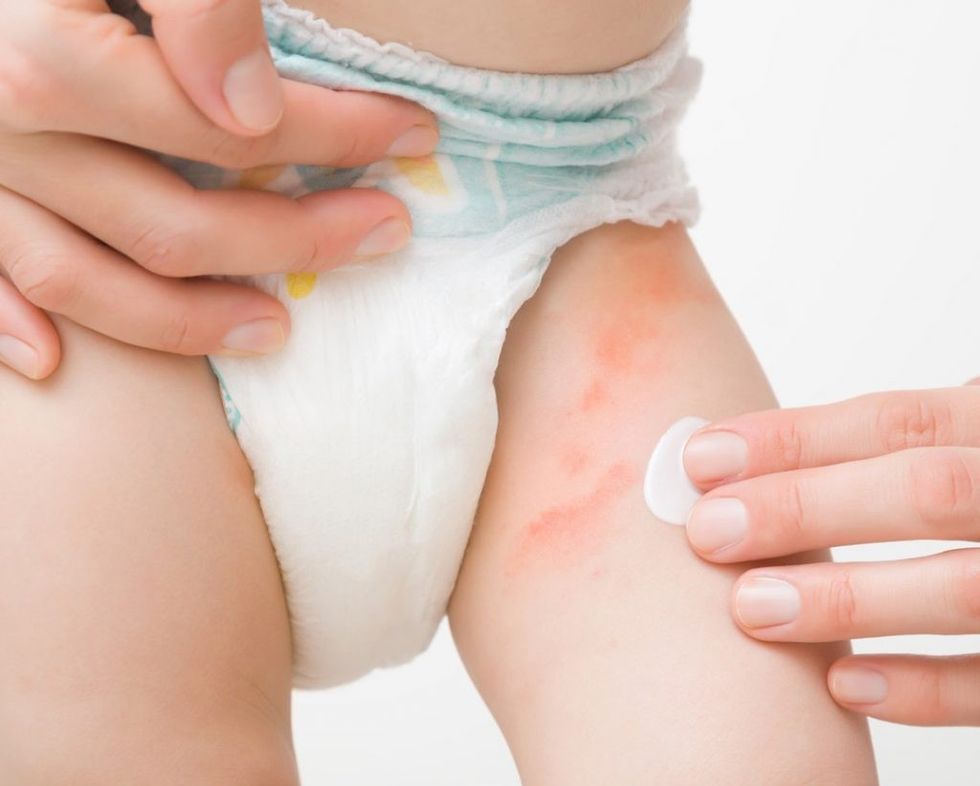
The facts
In our recent survey we discovered that over 90 per cent of those parents surveyed used disposable nappies, and that 76 per cent confirmed that their babies had experienced nappy rash – which makes it clear how commonplace a struggle this is.
And yet, of those surveyed, only around 53 per cent of them understood that nappy rash was more likely when a nappy went unchanged for too long.
Meanwhile, another 30 per cent of respondents told us that they believed that
nappy rash is a chemical burn caused by chemicals used in disposable nappies and wipes-a worryingly widespread misconception.
But the evidence is clear:
- Guidance presented by the Skin Health Alliance at the World Congress of Paediatric Dermatology states quite clearly that one important way of protecting against nappy rash is changing your baby’s nappy frequently as it can be caused by a baby’s skin being in contact with faeces or urine for too long.
- When we spoke to 263 dermatologists in 2019, 93 per cent of them agreed that whilst of course it was possible for babies in disposable nappies to develop nappy rash, 76 per cent reported that when parents brought their children to them with a complaint of ‘chemical burns’, it was in fact simply nappy rash.
All of which would seem to suggest that it remains a confusing world for parents of young babies prone to sore skin.
Might it be that many parents believe that disposable nappies are a guarantee against nappy rash?
And might that explain why so many parents when confronted with nappy rash,
think it is in fact a chemical burn?
It’s not easy to say exactly-but what a third of the parents we spoke too told us was thatthey do worry that nappy rash and soreness might be due to something they have not done right as a parent.
So let’s look at the facts.
Nappy rash
Nappy rash typically occurs when the sensitive area of skin around a baby’s nappy becomes irritated. It makes the skin red, hot or sore in patches, and can sometimes cause spots or blisters – and with proper treatment, it will usually clear up within three or four days.
As we’ve discussed, one significant way to protect against nappy rash is frequent nappy changes. However, even then, it can still occur. Other causes of nappy rash include:
- Chafing from a nappies that are too tightly fastened
- A reaction to detergents, soaps, or some alcohol-based wipes.
- Diarrhoea
- A recent course of antibiotics Fungal or bacterial infection. There are lots of things that can be done to help reduce the risk of nappy rash:
- Wet or dirty nappies should be changed as quickly as possible. For newborn babies this can mean as many as eight to 12 nappy changes a day.
- Gently cleaning a baby’s nappy area with warm water or unscented, alcohol-free wipes at each change is gentler to the skin. As is then patting the skin gently to dry it with a clean towel or, even better, if possible leave them nappy-free to air dry.
- If possible, allowing babies time without a nappy will help reduce chafing and contact irritation.
- Applying a very thin layer of barrier cream before putting a nappy on can also help protect the skin.
- Check the nappy brand’s fitting guidance on the packaging to ensure a good fit.
- When the skin is sore, avoid fragranced soaps, bubble baths, lotions or talcum powder as they can cause further irritation.
Getting facts out
In recent years, viral internet reports have incorrectly linked disposable nappies with chemical burns on babies’ skin. Whilst it’s understandable that new parents may confuse the two-after all, both do result in skin redness and peeling-the fact is that disposable nappies are extensively tested to ensure safety and do not cause chemical burns.
Chemical burns only really occur when the skin comes into contact with household products not intended for use by children, such as toilet bowl cleaners, drain cleaners, detergents, and bleaches.
This confusion between nappy rash and chemical burns is just one example of how seemingly similar conditions confuse the very best efforts to fix things.
And it’s to clarify precisely these kinds of mixed messages in the minds of consumers that the Skin Health Alliance works tirelessly with dermatologists, medical professionals and pharmacists to communicate the scientific facts of skin health safety.
Matthew Patey is managing director at the Skin Health Alliance.







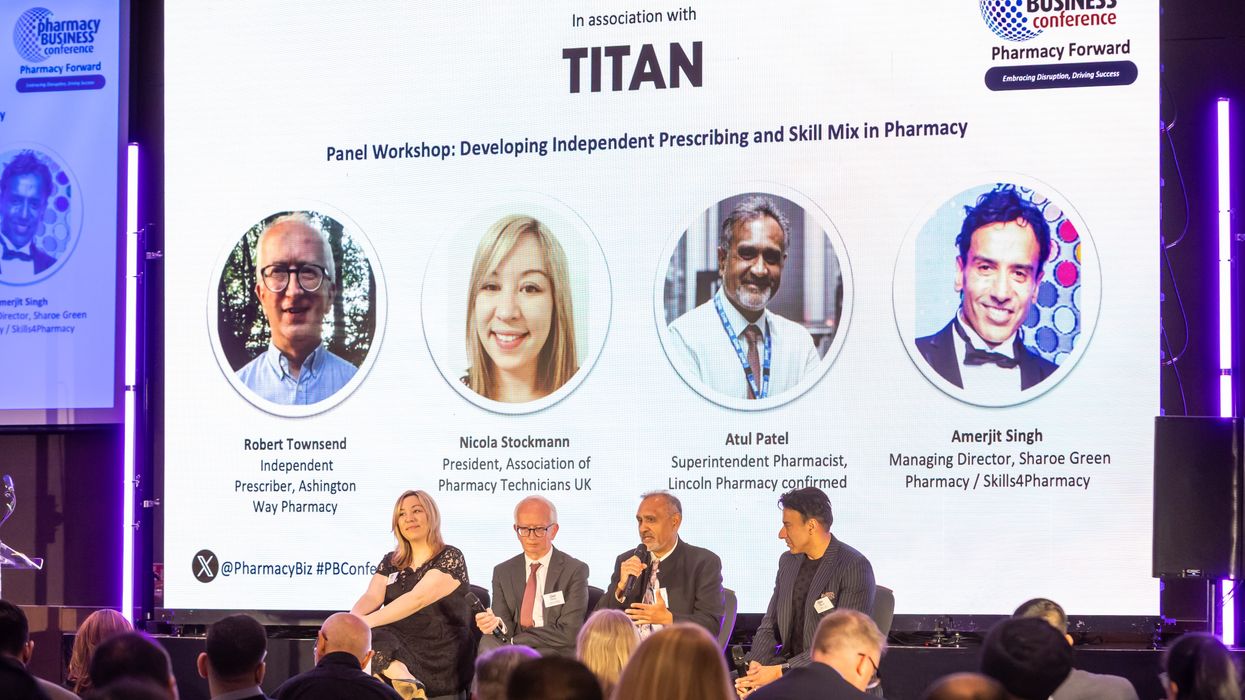
 Nicola Stockmann
Nicola Stockmann Atul Patel,
Atul Patel,  Robert Townsend
Robert Townsend Amerjit Singh
Amerjit Singh






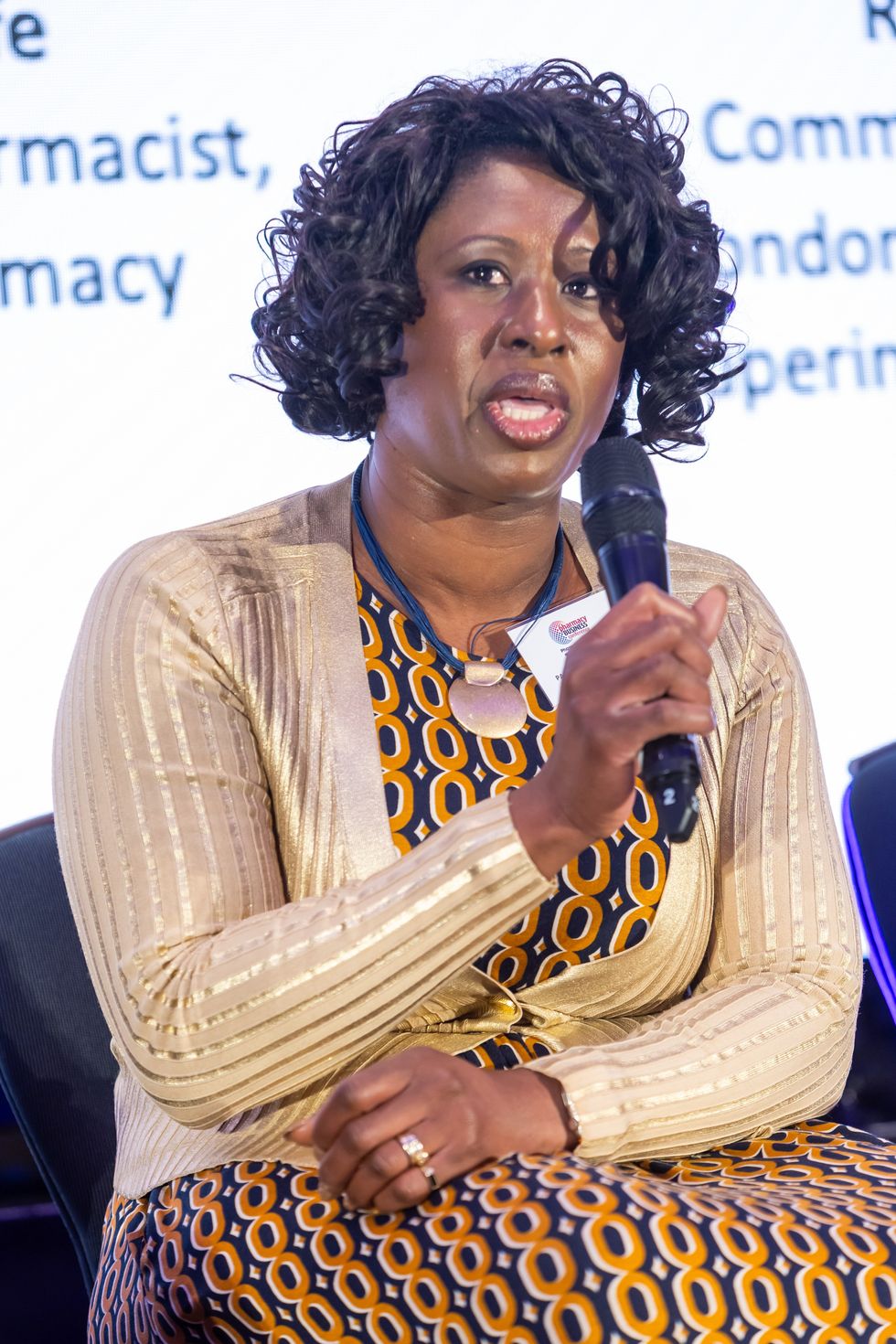 Patricia Tigenoah-Ojo
Patricia Tigenoah-Ojo Baba Akomolafe,
Baba Akomolafe,  Rachna Chhatralia
Rachna Chhatralia Raj Matharu
Raj Matharu

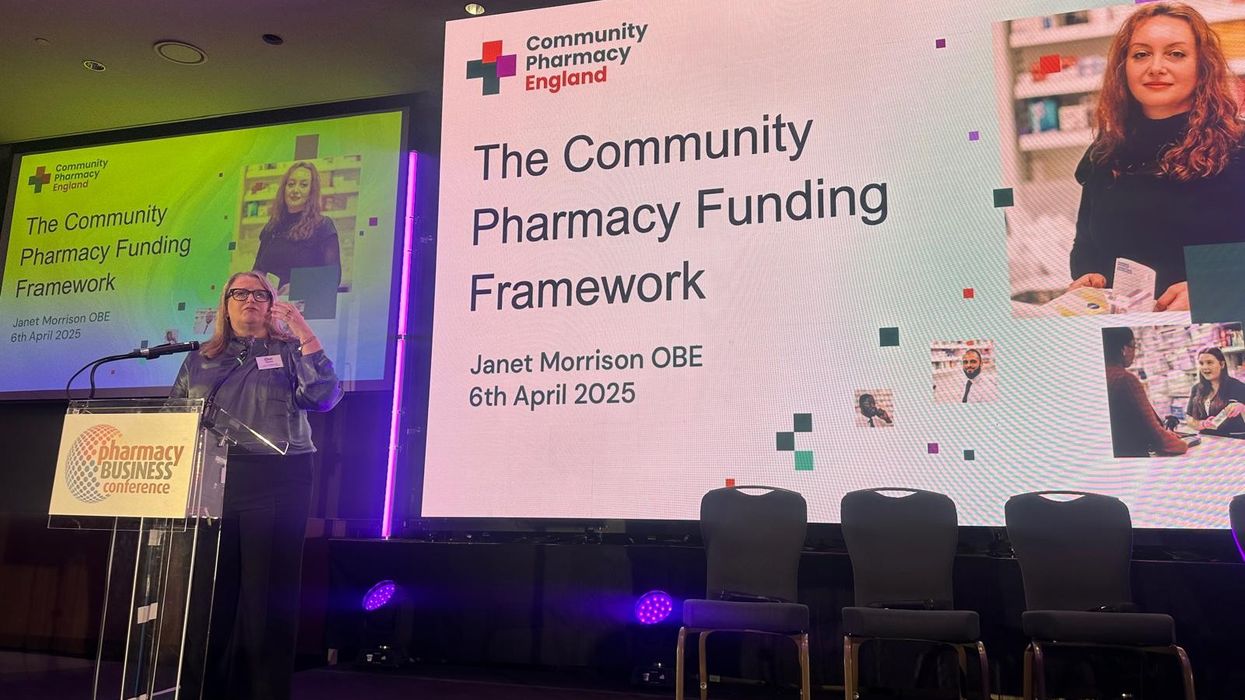
 Health Secretary Wes Streeting addresses Pharmacy Conference via video
Health Secretary Wes Streeting addresses Pharmacy Conference via video 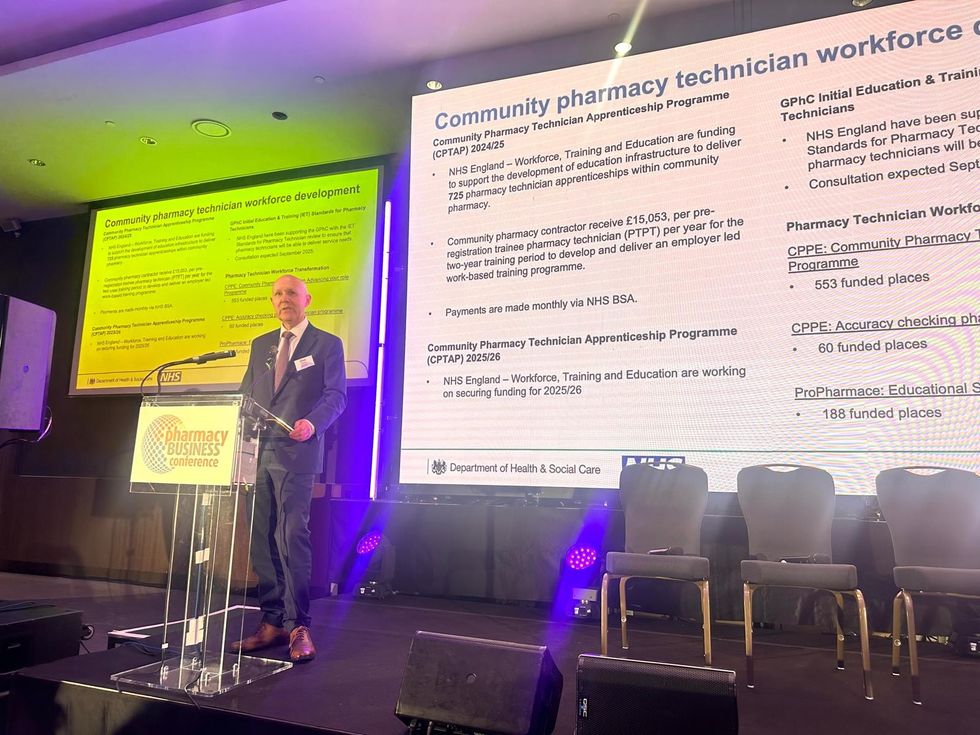 David Webb, chief pharmaceutical officer of NHS England
David Webb, chief pharmaceutical officer of NHS England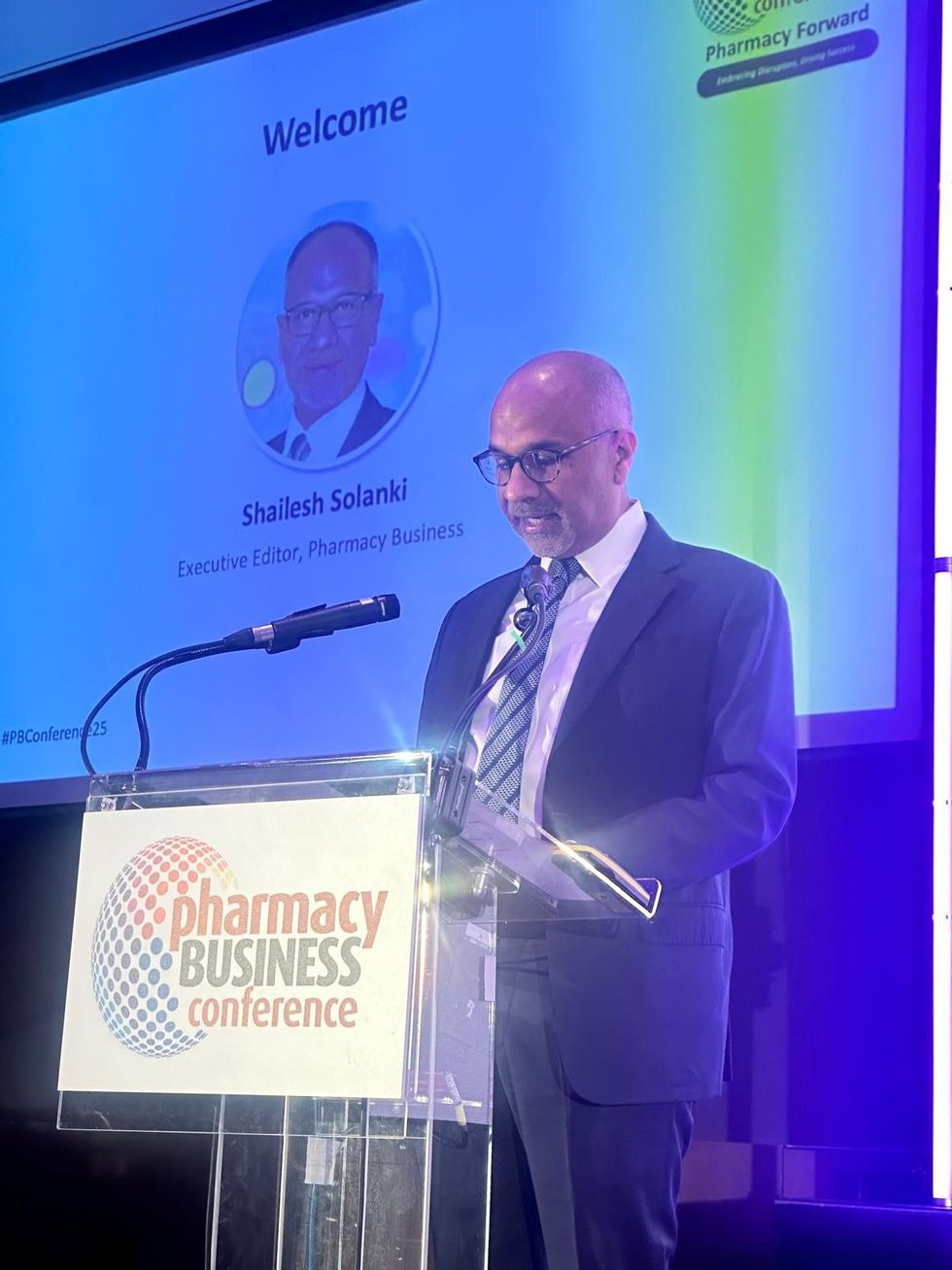 Shailesh Solanki, executive editor of Pharmacy Business
Shailesh Solanki, executive editor of Pharmacy Business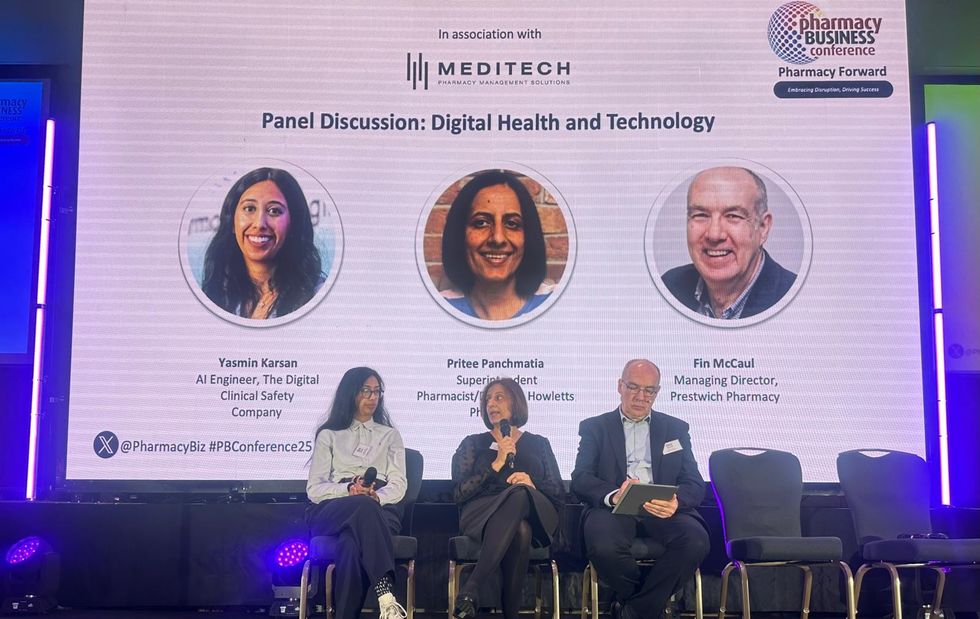 L-R: Yasmin Karsan, Pritee Panchmatia and Fin McCaul
L-R: Yasmin Karsan, Pritee Panchmatia and Fin McCaul  L-R: Baba Akomolafe, Rachna Chhatralia, Patricia Tigenoah-Ojo and Raj Matharu
L-R: Baba Akomolafe, Rachna Chhatralia, Patricia Tigenoah-Ojo and Raj Matharu L- R: Nicola Stockmann, Robert Townsend, Atul Patel and Amerjit Singh
L- R: Nicola Stockmann, Robert Townsend, Atul Patel and Amerjit Singh Wole Ososami, lead pharmacist at Westbury Chemist
Wole Ososami, lead pharmacist at Westbury Chemist